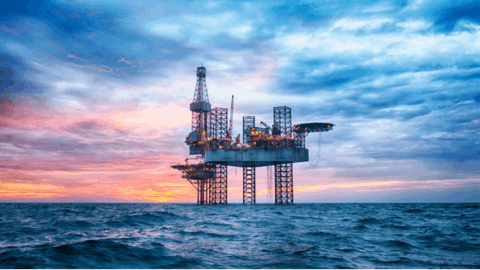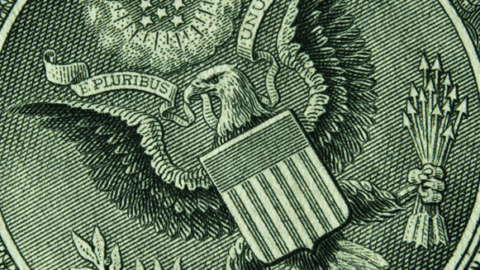Oil jumped to the highest in six weeks amid signs of a rapidly tightening market after a U.S. government report showed a bigger-than-expected decline in crude stockpiles.
Futures in New York surged 3.1% on Wednesday and global benchmark Brent closed above $75 a barrel for the first time since July. U.S. crude supplies hit the lowest since September 2019 after falling by more than 6 million barrels, exceeding projections. The data follow the International Energy Agency’s warning that recent supply lost from storms in the U.S. Gulf have offset what OPEC and its allies have added, and the world will have to wait until October for more barrels.
“There’s not a lot of new crude supply coming to the market, so the market feels awfully tight,” said Matt Sallee, who helps manage about $8 billion at Tortoise. “That will keep crude prices moving higher. Covid demand worries are taking a backseat for now.”
Prices have steadily climbed since late August and were given a further boost when Hurricane Ida shut down a chunk of U.S. Gulf Coast offshore oil production. Meanwhile, the latest analysis from the Organization of Petroleum Exporting Countries shows a looming supply crunch in the summer of 2022.
OPEC’s analysts now see global oil demand increasing by 4.15 million barrels a day in 2022, compared to the level expected for this year, an upward revision of 860,000 barrels a day from what they forecast a month ago.
Prices:
- West Texas Intermediate for October delivery advanced $2.15 to settle at $72.61 a barrel in New York
- Brent for November settlement rose $1.86 to end the session at $75.46 a barrel on the ICE Futures Europe exchange
U.S. supply restraints have caused Brent and WTI benchmark crude’s so called timespreads to strengthen. WTI crude for December delivery settled at $6.23 a barrel higher than that for supply in the same month next year. That’s the biggest premium in more than a month.
The Energy Information Administration report also showed that national gasoline and distillate inventories each declined by nearly 2 million barrels. A sharper drop would have likely occurred had petroleum consumption not been affected by recent U.S. Gulf Coast storms.
Additionally, offshore natural gas production has been slow to recover since the recent storms, causing prices to rally. That might prompt power companies to use petroleum products such as fuel oil to run as feedstock in their plants, according to Sallee. “That will buoy crude prices even higher,” he said.
(With assistance from Saket Sundria and Alex Longley. © 2021 Bloomberg L.P.)
#Oil #Surged #Higher #Wednesday
Tags: Coastal Flow Coastal Flow Measurements Coastalflow Higher Oil oil and gas petroleum news events stories articles analysis commentary headlines stocks finance commodities maps pictures Surged Wednesday








